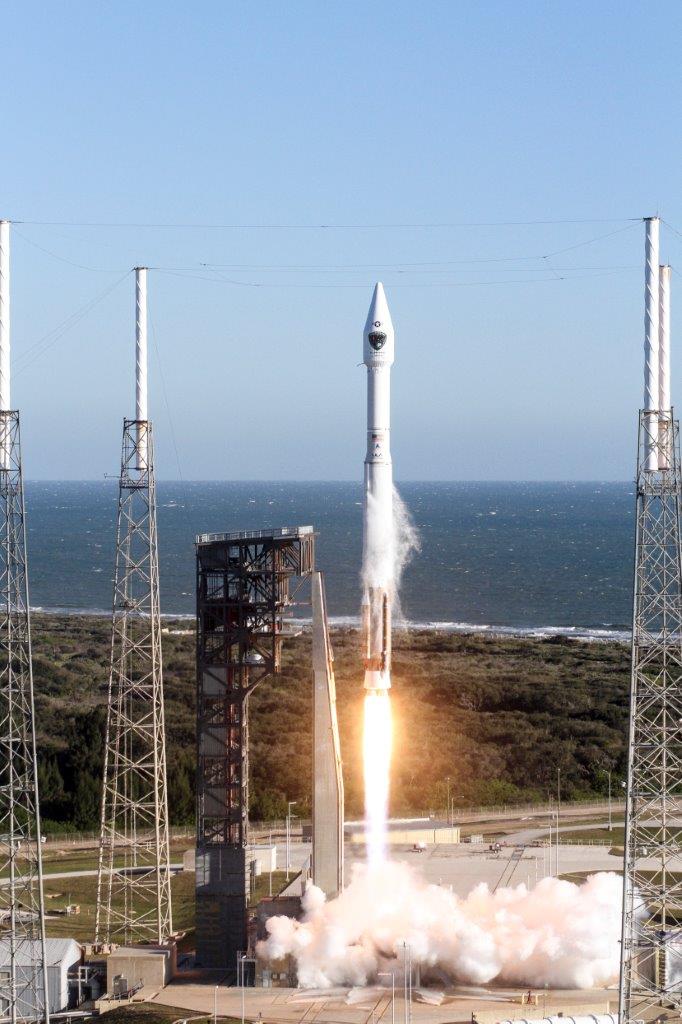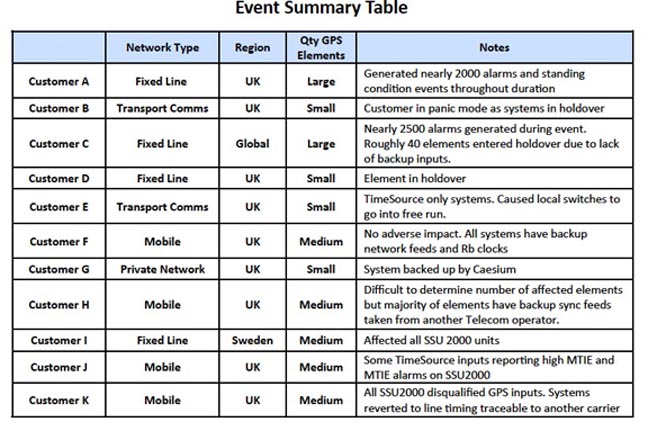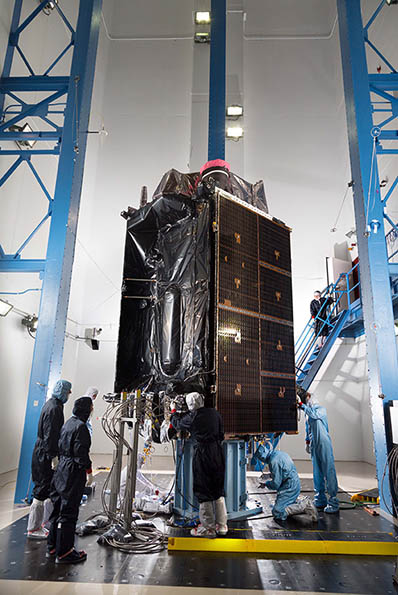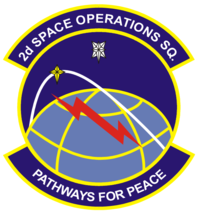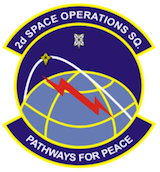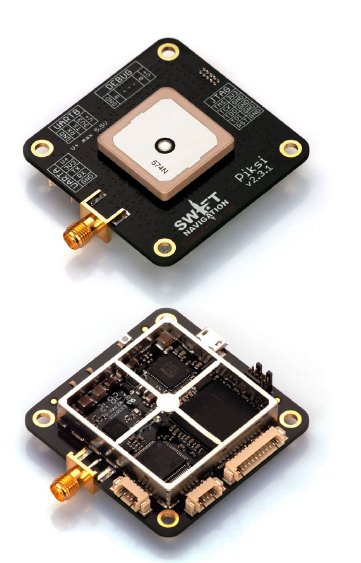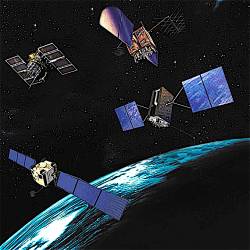JNC 2016 – Joint Navigation Conference
 Dayton Convention Center, Ohio
Dayton Convention Center, OhioThe JNC 2016 – Joint Navigation Conference will take place June 6-9, 2016 at the Dayton Convention Center in Dayton, Ohio. The annual event covers military navigation technology, "the Foundation for Military Ops."
By Inside GNSS


